The Miyoo A30 is a highly anticipated handheld gaming device that promises to deliver a powerful gaming experience in a compact form. In this review, we will explore its specifications, unboxing experience, gameplay performance, and how it stacks up against its competitors.
Table of Contents
- 🌟 Introduction
- 💻 Specs and Price
- 📦 Unboxing and Impressions
- 🎮 Controls and I/O
- 📏 Size and Weight
- 🖥️ Software and Screen
- 🎮 Game Testing
- ⭐ Summary of Likes and Dislikes
- 🔍 Bittboy and Miyoo Comparisons
- 📊 Anbernic RG28XX Comparison
- 🏁 Conclusion
🌟 Introduction
The Miyoo A30 is generating buzz among gaming enthusiasts, and for good reason. This handheld console, designed in a horizontal format, is a fresh take on the beloved Miyoo Mini series. With its familiar button layout and compact design, it aims to cater to both new users and fans of its predecessors. But what makes the A30 stand out in a crowded market of handheld devices? Let's dive into its specifications and pricing to find out.
💻 Specs and Price
The Miyoo A30 boasts impressive specifications that promise a satisfying gaming experience. At its core, it features an Allwinner A33 CPU with four A7 cores, complemented by a Mali GPU and 512 MB of RAM. The display measures 2.8 inches with a resolution of 640x480 pixels, ensuring crisp visuals.
Battery life is a crucial aspect for any handheld device. The A30 is equipped with a 2500 mAh battery, providing between 2 to 4 hours of gameplay, depending on usage and system demands. Weighing in at just 112 grams, it’s designed to be lightweight and portable.
As for connectivity, it supports 2.4 GHz Wi-Fi, which is a welcome feature for online gaming. However, it’s worth noting that the device lacks a traditional headphone jack, instead opting for USB-C audio support. This decision may limit some users, but it reflects a trend towards more modern audio solutions.
In terms of pricing, the Miyoo A30 is expected to retail around $50 to $55. Pre-orders are already being accepted by various third-party retailers, with shipping anticipated soon. Given its specs and price point, it positions itself as a competitive option in the handheld gaming market.
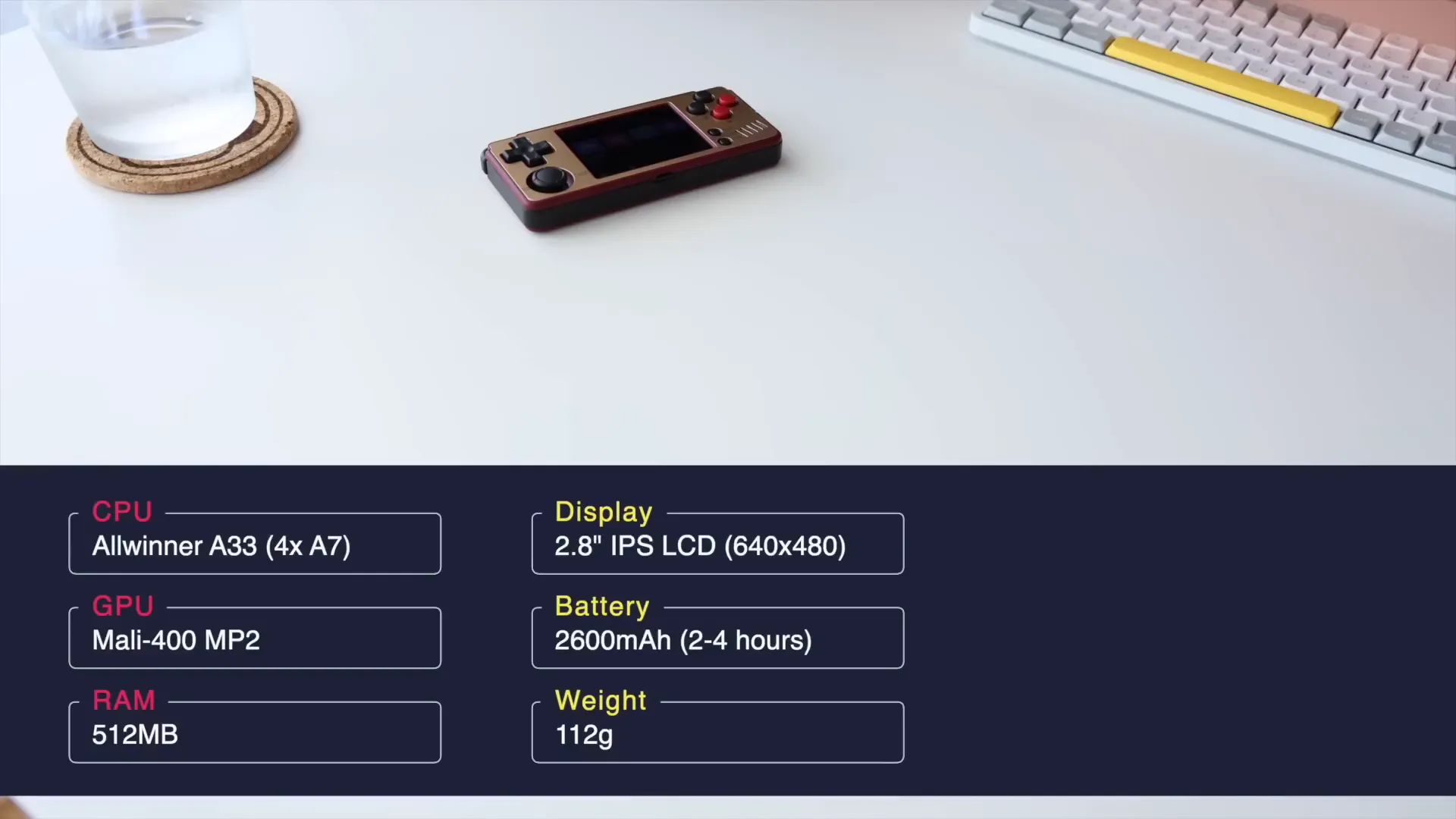
📦 Unboxing and Impressions
Unboxing the Miyoo A30 is an exciting experience, especially for those who enjoy the thrill of new tech. The device comes neatly packed in a box that includes a carrying case, reminiscent of the original Miyoo Mini. Inside, you'll find a USB-A to USB-C charging cable and a USB-C to headphone jack adapter, which is crucial given the device's lack of a dedicated headphone port.
The instruction manual, while not groundbreaking, provides essential tips on launching games and navigating the quick menu. Upon first glance, the A30's design mirrors the nostalgic feel of classic consoles, particularly with its red and gold color scheme inspired by the Nintendo Famicom.
My initial impression of the device is that it feels incredibly lightweight, which some may interpret as a cheap build quality. The plastic texture is smooth but prone to smudging, giving it a somewhat less premium feel. However, the design is undeniably charming, evoking memories of retro gaming controllers.
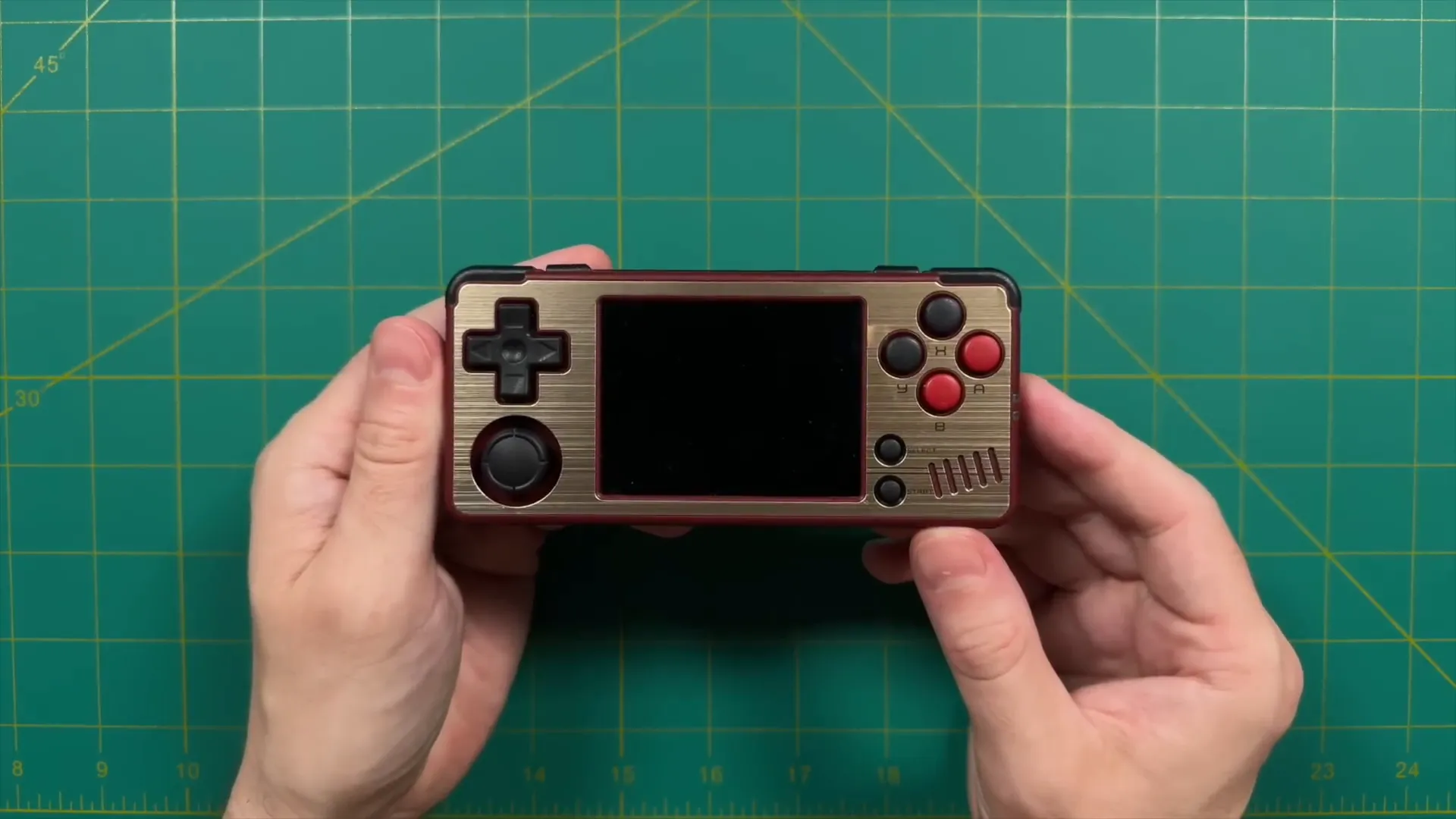
🎮 Controls and I/O
The controls on the Miyoo A30 are where it gets particularly interesting. The D-pad, while familiar, seems to lack the pivot action found in its predecessors. This could lead to issues with precision gaming, especially in platformers where accuracy is key. During testing with games like Contra, it became evident that the D-pad may be prone to accidental diagonal inputs, which could frustrate players looking for a classic gaming experience.
On the other hand, the analog stick, modeled after the Nintendo Switch Joy-Con, offers a comfortable feel, although it is somewhat recessed. This positioning prevents it from being overly obtrusive during gameplay. The face buttons are textured, providing a solid tactile feedback that enhances the gaming experience. Overall, they are easy to press and feel durable, which is essential for extended gaming sessions.
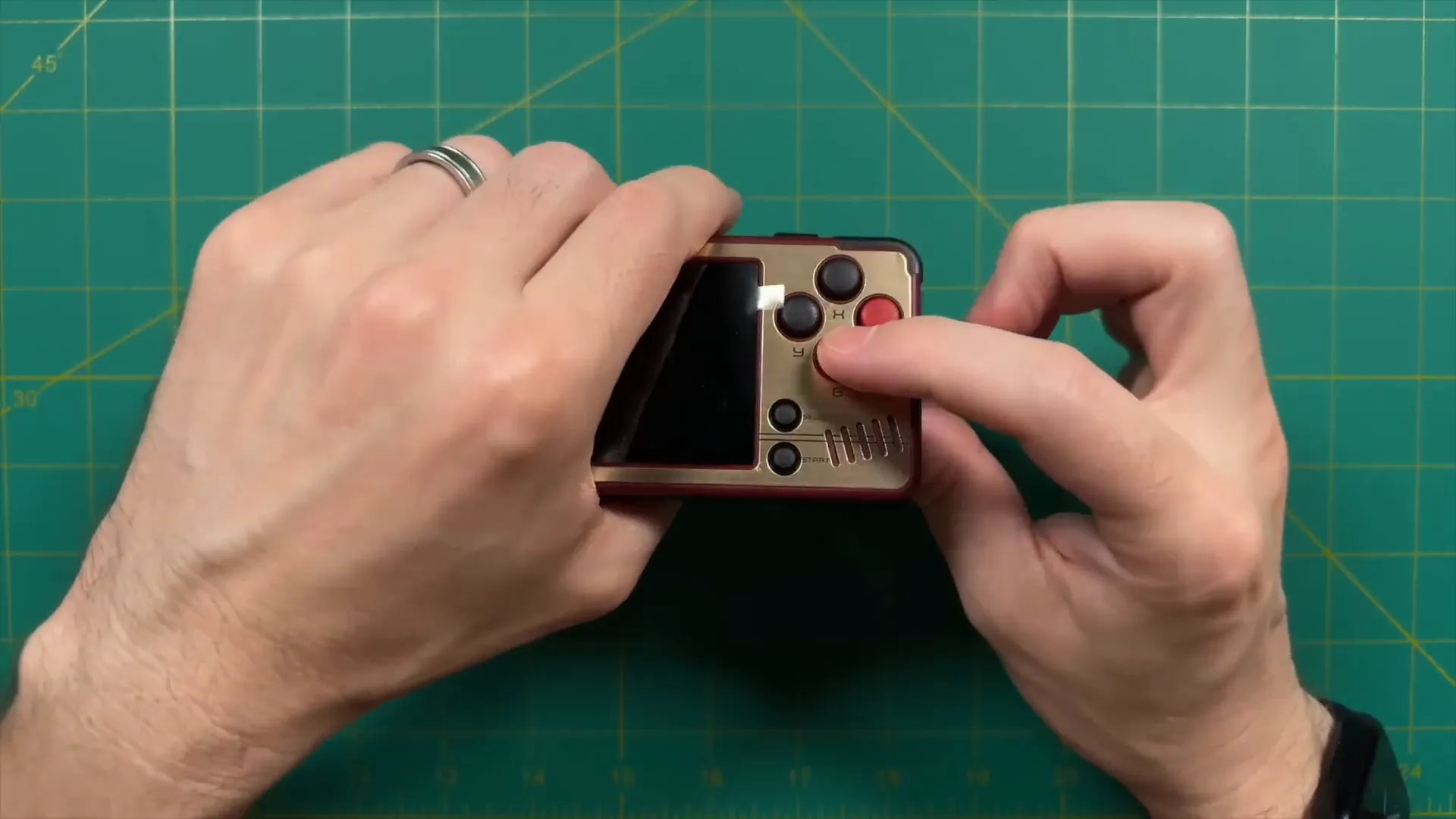
When it comes to the audio, the single mono speaker delivers surprisingly good sound quality for a device in this price range. However, the lack of stereo sound can be a drawback for gamers who prioritize audio fidelity. The A30 features a power button and two LED indicators, which are helpful for monitoring charging status.
Moving to the top of the device, you’ll find shoulder and trigger buttons that resemble those on the original Miyoo Mini. They are quiet and soft to press, making them enjoyable for gameplay. The USB-C port serves dual purposes for charging and audio output, but as noted earlier, this can limit audio quality to mono unless additional adapters are used.
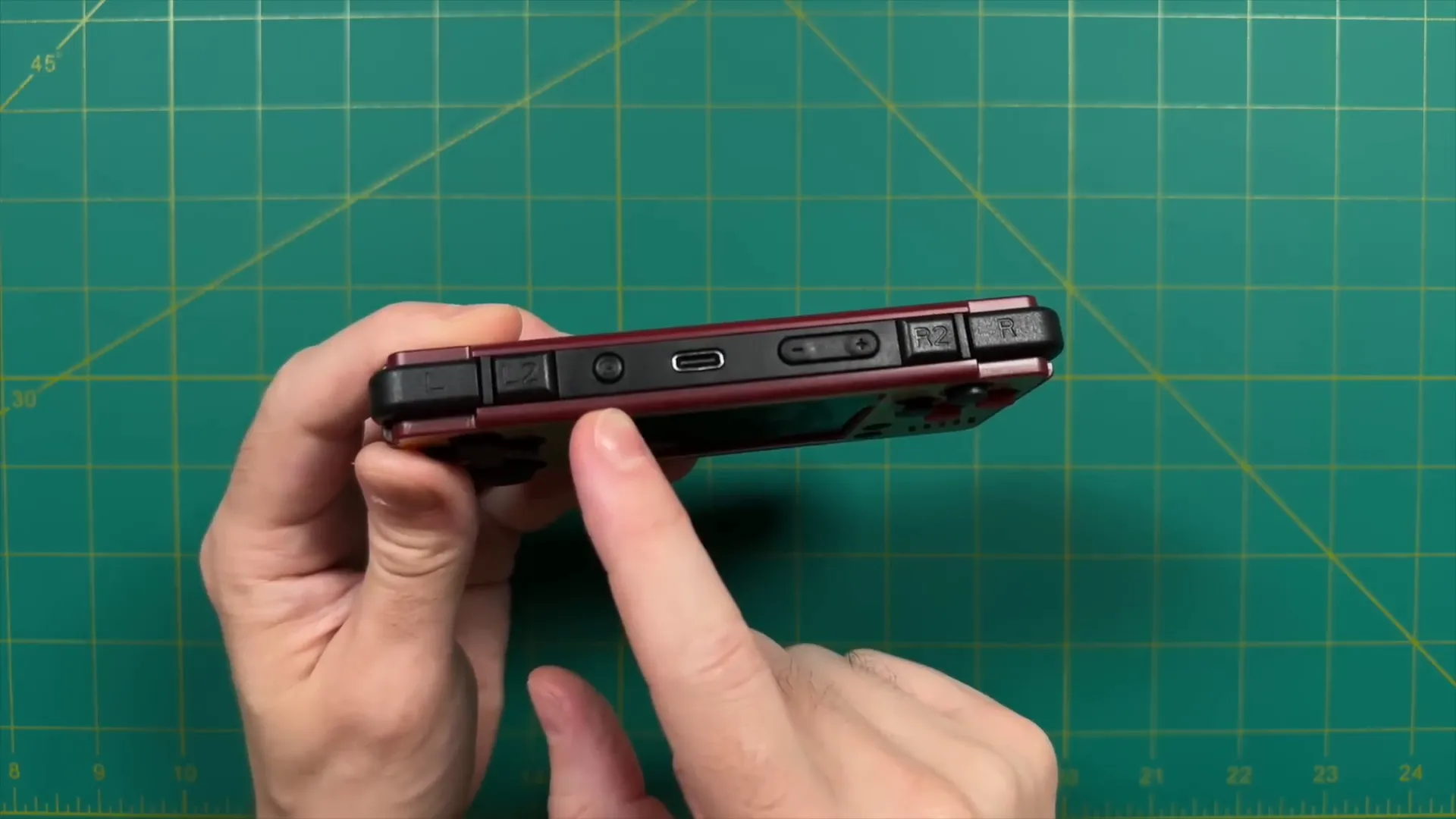
Finally, the device includes a microSD card slot, which comes pre-loaded with games, although the library is not exhaustive. This feature allows users to expand their game collection easily, making the A30 a flexible option for gamers who enjoy variety.
📏 Size and Weight
When it comes to size, the Miyoo A30 is slightly larger than the original Miyoo Mini, but the difference is minimal. Both devices are incredibly pocketable, which is a significant advantage for gamers on the go.
In comparison to other handhelds, the A30 holds its own. For instance, the BitBoy Pocket Go and the BitBoy Pocket S30 are similar in size, but the A30 remains more compact and easier to carry. The A30 weighs 112 grams, placing it in the middle range of small handhelds. It’s heavier than the original Miyoo Mini but lighter than some competitors like the Anbernic RG 28xx.
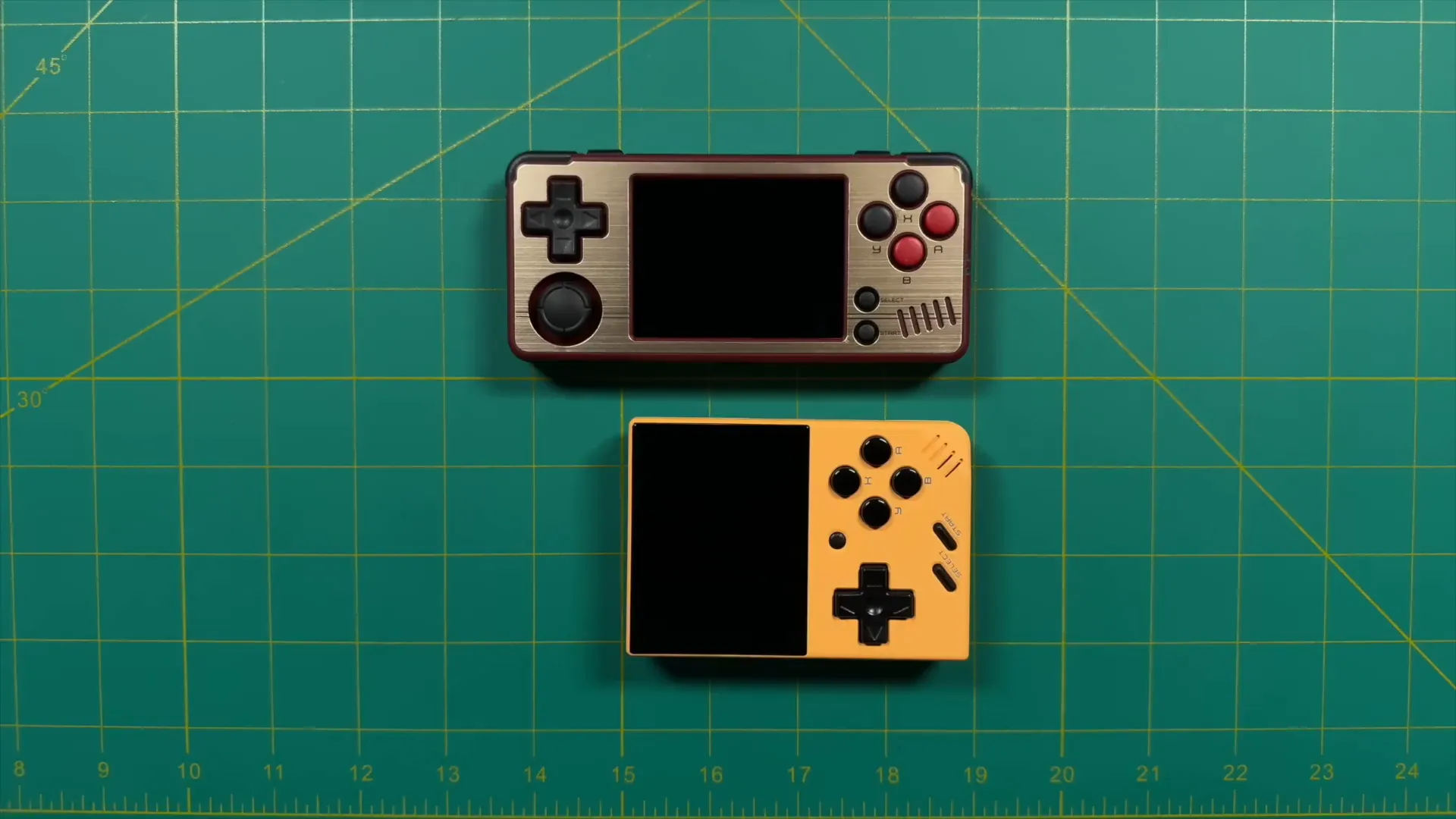
🖥️ Software and Screen
The software experience on the Miyoo A30 is reminiscent of its predecessors, running a stock operating system that takes about 17 seconds to boot up. The default theme has a more modern aesthetic, inspired by mecha designs, which offers a fresh look compared to the original Miyoo Mini.
One notable improvement is the addition of new system categories in the game folder, including Dreamcast, Nintendo 64, and PlayStation Portable. This expansion is possible due to the more powerful processor of the A30. However, the screen itself is a point of contention; while it has a decent resolution of 640x480 pixels, it tends to be dim, especially in brightly lit environments.
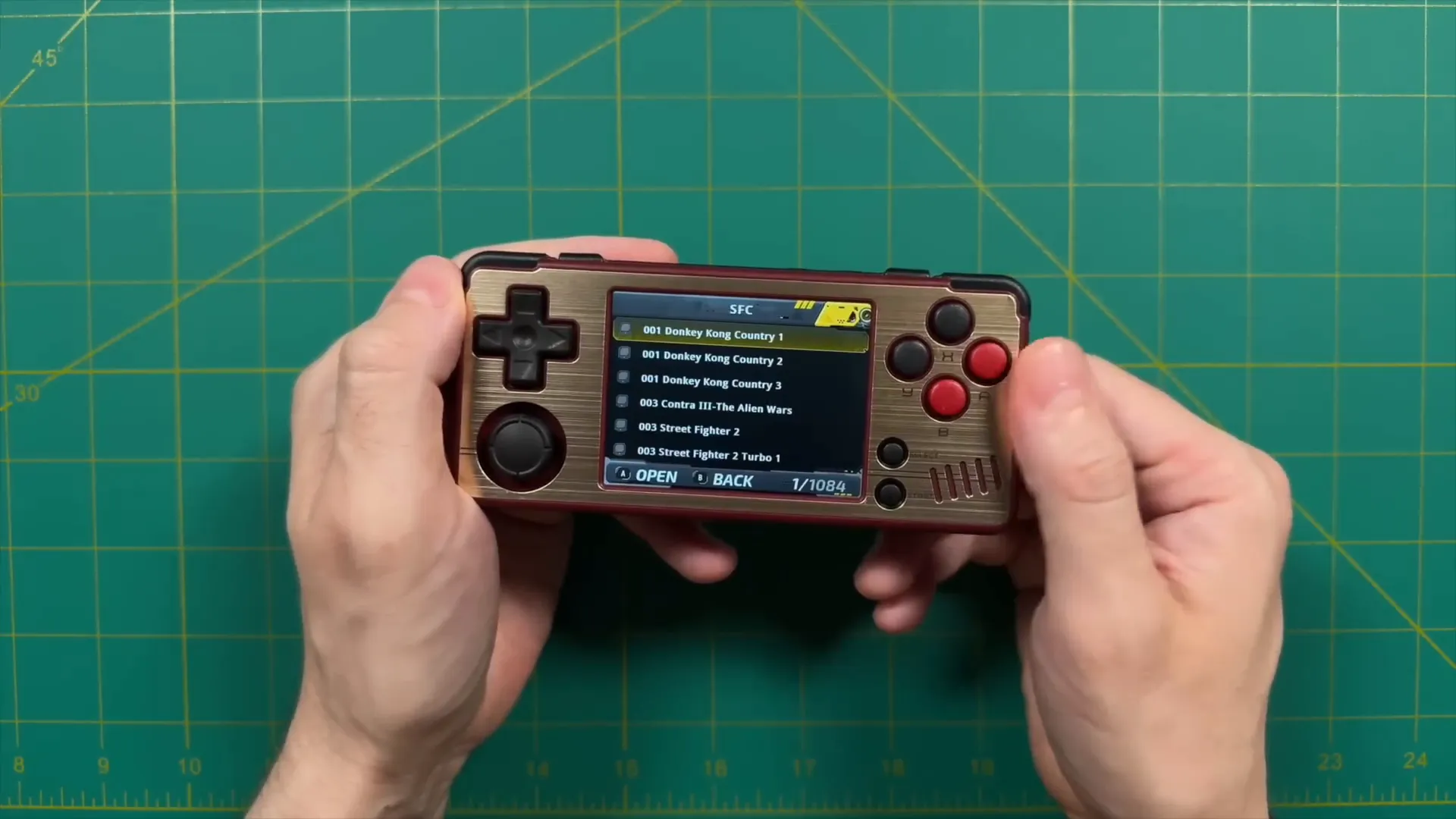
Brightness settings range from 0 to 10, but even at maximum brightness, the screen doesn’t deliver the vibrancy expected from a modern handheld. Additionally, the viewing angles are poor, which can detract from the gaming experience, particularly when sharing the screen with friends. This may be seen as a downgrade compared to the original Miyoo Mini, making it less suitable for outdoor gaming.
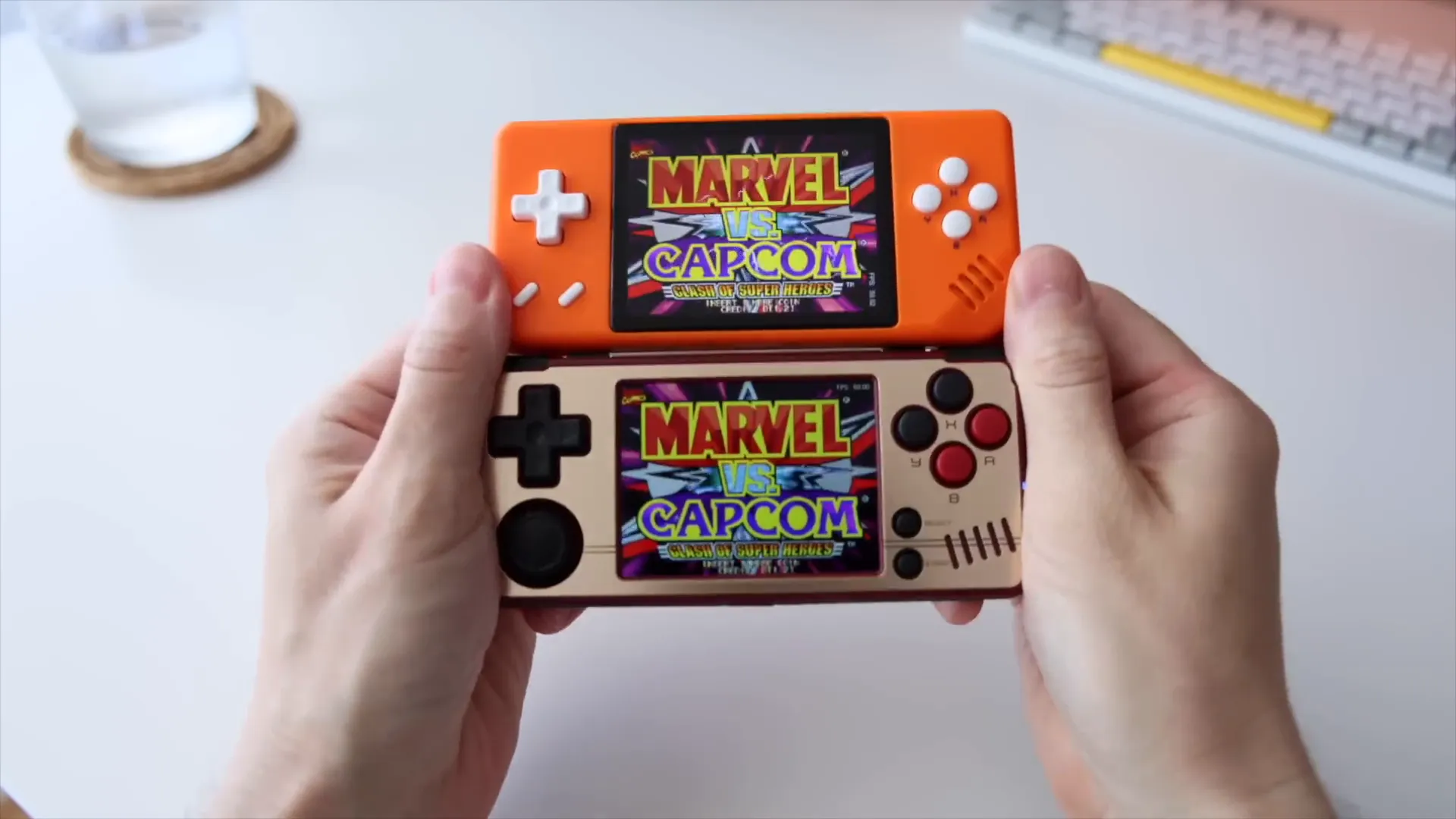
🎮 Game Testing
Testing the performance of the Miyoo A30 across various gaming systems reveals a mixed bag. For low-end systems like Game Boy and Game Boy Advance, the A30 performs admirably without any noticeable slowdown. Classic titles from the NES and Genesis also run smoothly, providing a satisfying retro gaming experience.
However, challenges arise with more demanding systems. For instance, while playing Super Nintendo games like Mega Man X, the A30 struggles to maintain full speed without overclocking. Even lightweight Nintendo 64 titles, such as Diddy Kong Racing, show signs of lag, often running at two-thirds speed unless adjustments are made in the CPU frequency settings.
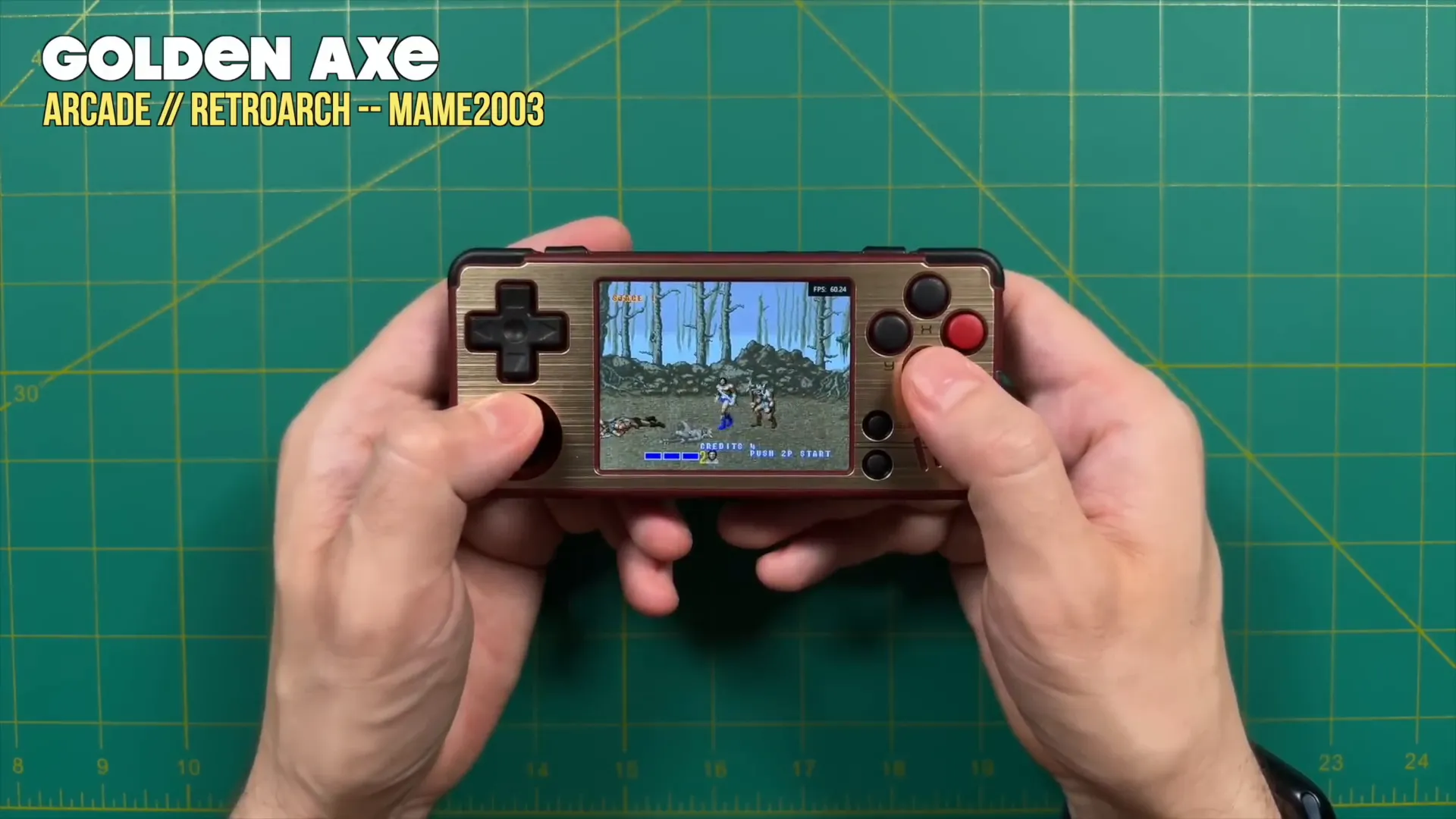
Interestingly, PSP games seem to run better on the A30 than Nintendo 64 or Dreamcast titles, which raises questions about emulator optimization. While the A30 can handle some heavier games, it often requires overclocking to achieve playable frame rates, which can lead to increased battery drain and device warmth.
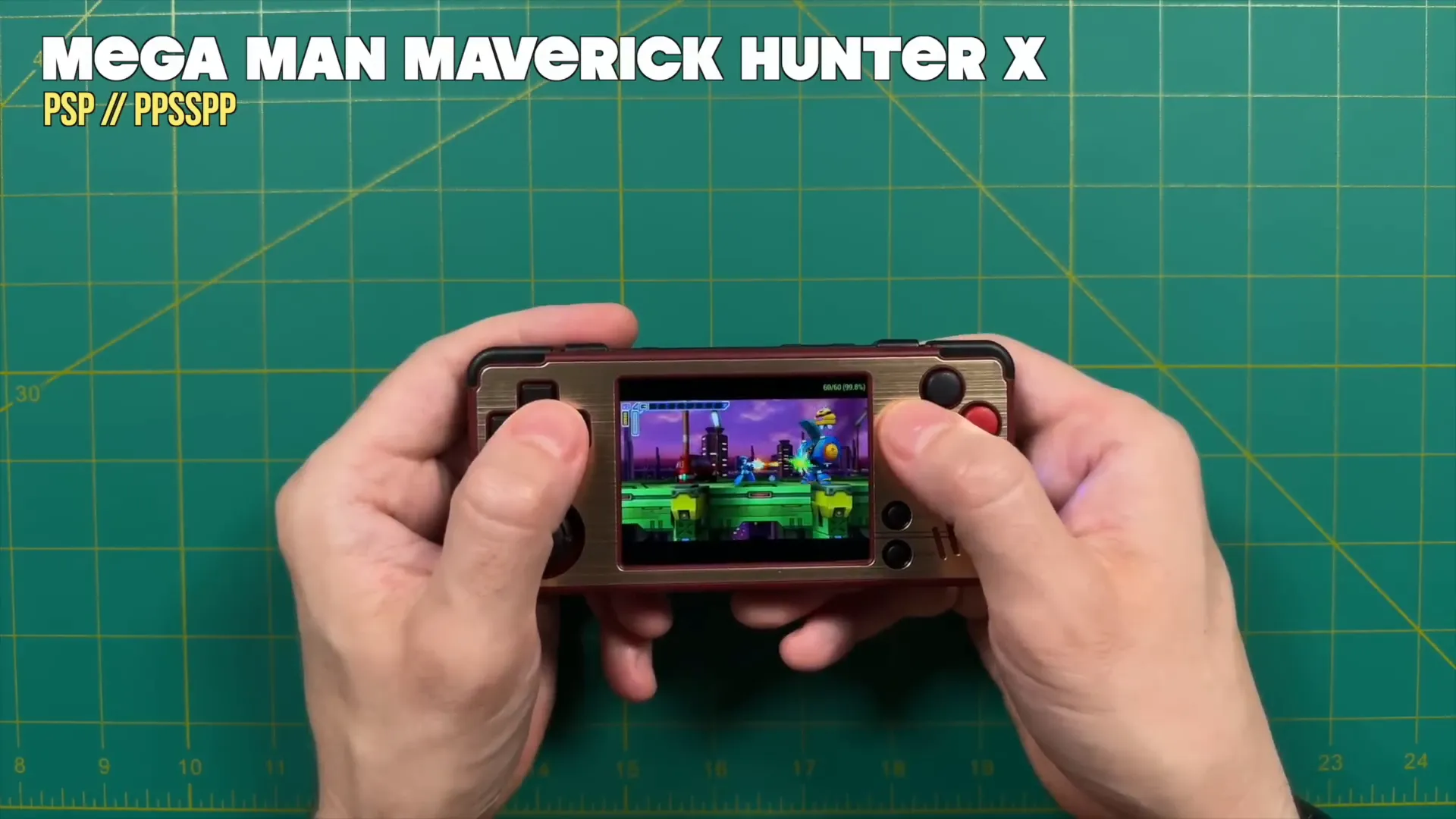
⭐ Summary of Likes and Dislikes
Likes:
- Portability: The small and lightweight design makes it easy to carry around.
- Face Buttons: The texture and responsiveness of the face buttons enhance gameplay.
- Built-in Wi-Fi: A feature not commonly found in small handhelds, allowing for easy updates and online play.
- Universal In-Game Menu: Simplifies saving and loading games across different titles.
Dislikes:
- D-Pad Sensitivity: The d-pad can be overly sensitive, affecting precision in gameplay.
- Screen Quality: The dimness and poor viewing angles detract from the overall visual experience.
- Mono Audio: The lack of a headphone jack and the use of mono sound through the adapter are disappointing.
- Performance Limitations: Many games require overclocking to run smoothly, which can lead to overheating and reduced battery life.
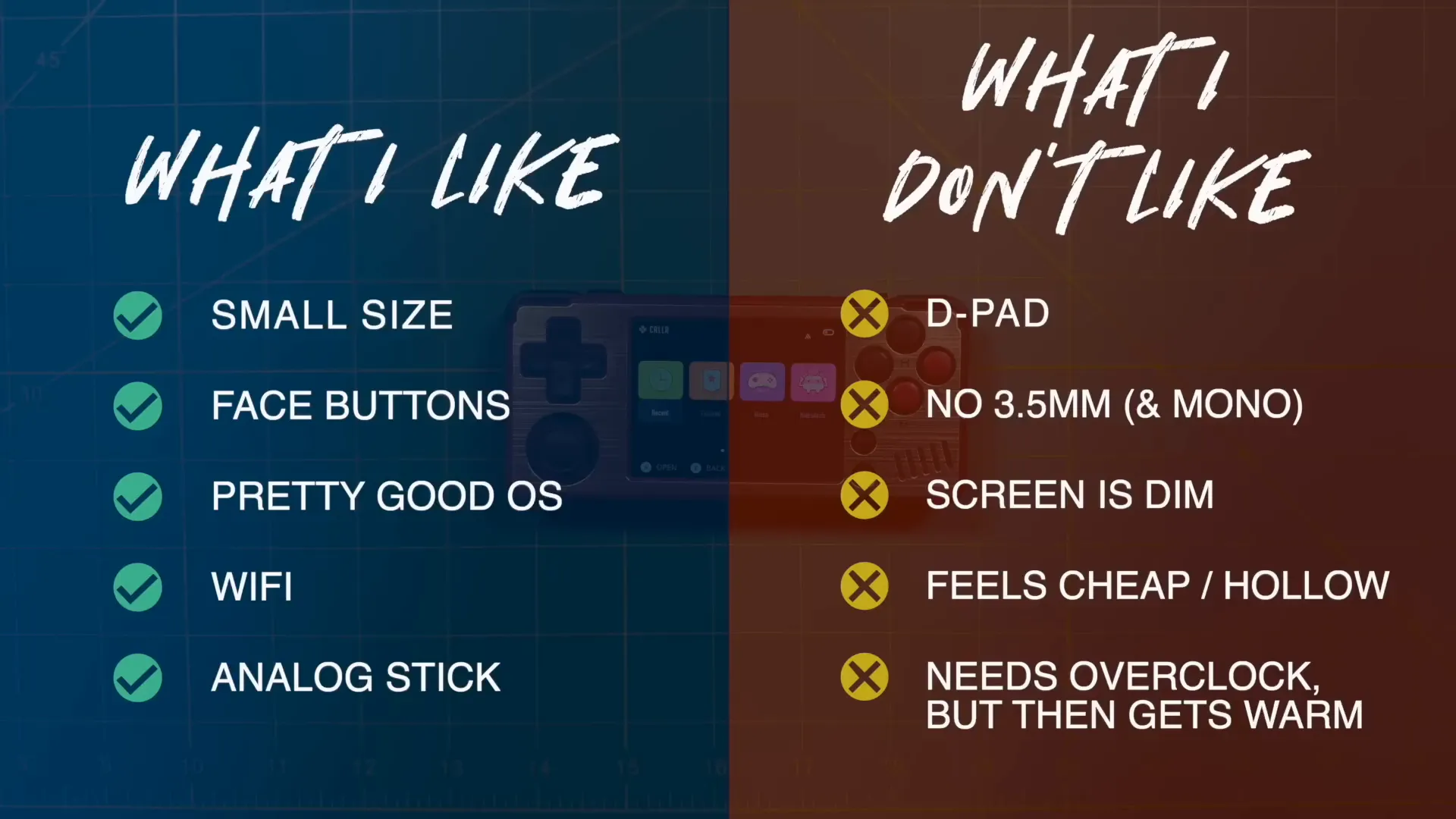
🔍 Bittboy and Miyoo Comparisons
When examining the evolution of handheld gaming devices, it's essential to compare the Miyoo A30 with earlier models like the Bittboy. The original Bittboy, launched about five years ago, shows its age in both design and functionality. Its controls, including the d-pad and face buttons, leave much to be desired, lacking the responsiveness and feel gamers expect today.
In contrast, the Miyoo A30 represents a significant step forward, showcasing improvements in screen quality, control precision, and overall build. The evolution from the Bittboy to the A30 is evident. The A30 enhances user experience by addressing the shortcomings of its predecessors, making it a compelling option for retro gaming enthusiasts.
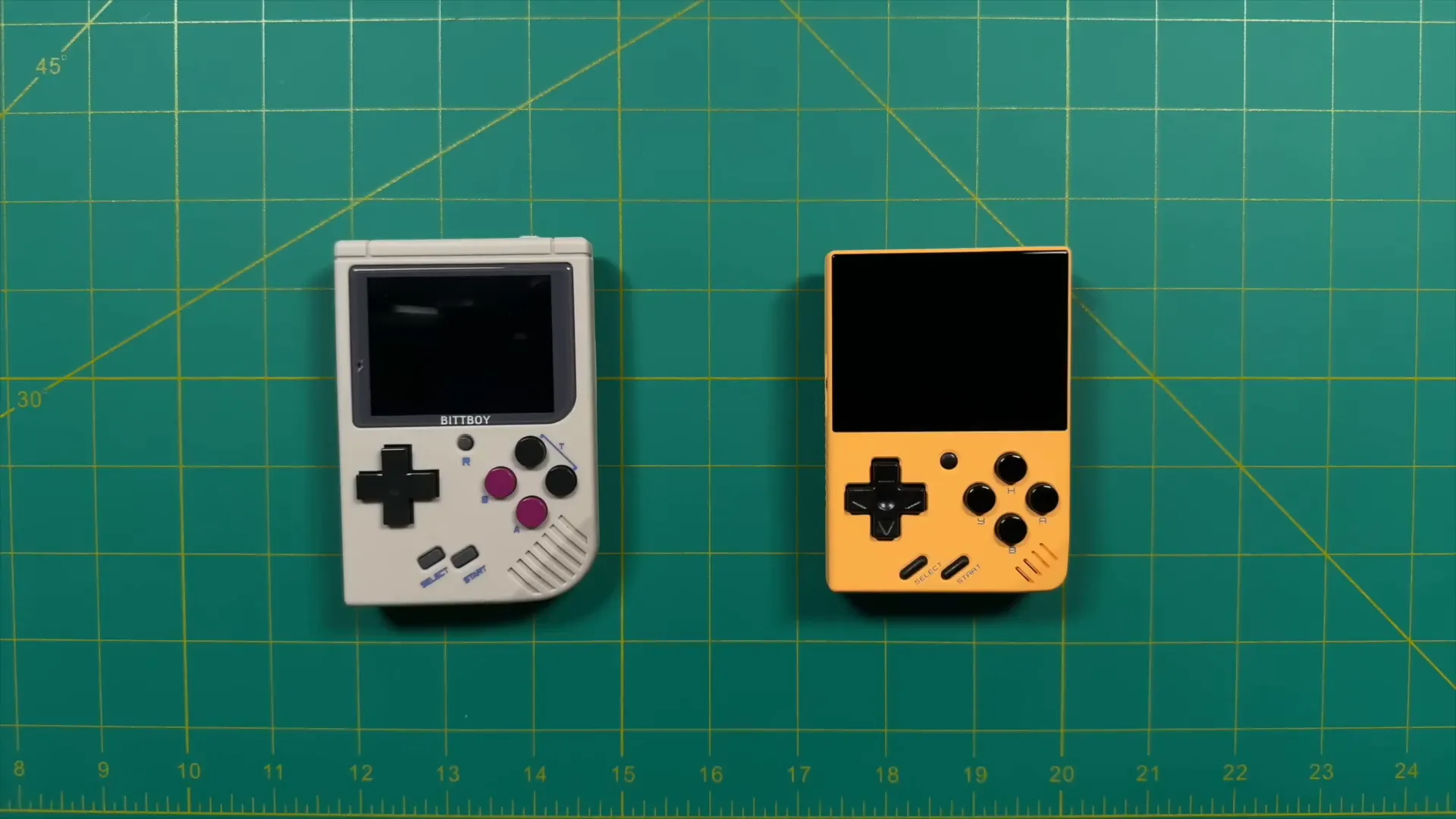
Moreover, when comparing the Bittboy Pocket Go with the A30, similar trends emerge. The Pocket Go, while a decent device, suffers from issues with its buttons and screen quality. The A30 rectifies these problems, offering a more refined gaming experience. However, it's crucial to recognize that the A30's advantages are not just about hardware; they also encompass software enhancements and a more user-friendly interface.
Despite these advancements, the A30 does not surpass the Miyoo Mini or Mini Plus. These earlier models provide a more polished experience, demonstrating an impressive balance in controls and software that the A30 struggles to replicate. While the A30 has its merits, it doesn't quite reach the heights of its predecessors.
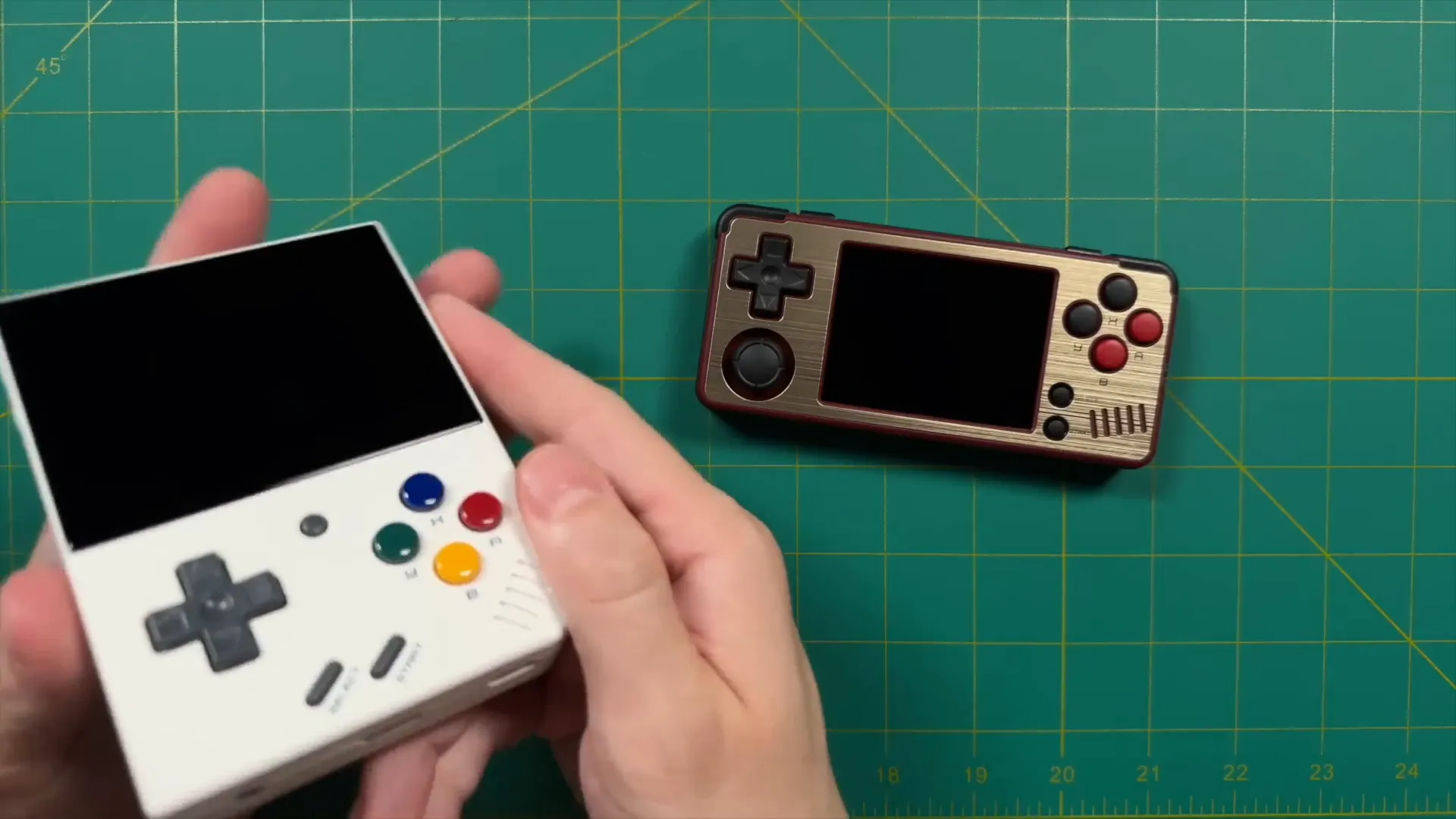
📊 Anbernic RG28XX Comparison
Next, we turn our attention to the Anbernic RG28XX, a formidable competitor in the handheld gaming arena. This comparison is intricate, as both devices cater to different gaming preferences and styles. The RG28XX is renowned for its robust performance, featuring a better d-pad, headphone jack, and a larger, more vibrant screen. These elements contribute to a superior gaming experience, particularly for those who prioritize audio and visual quality.
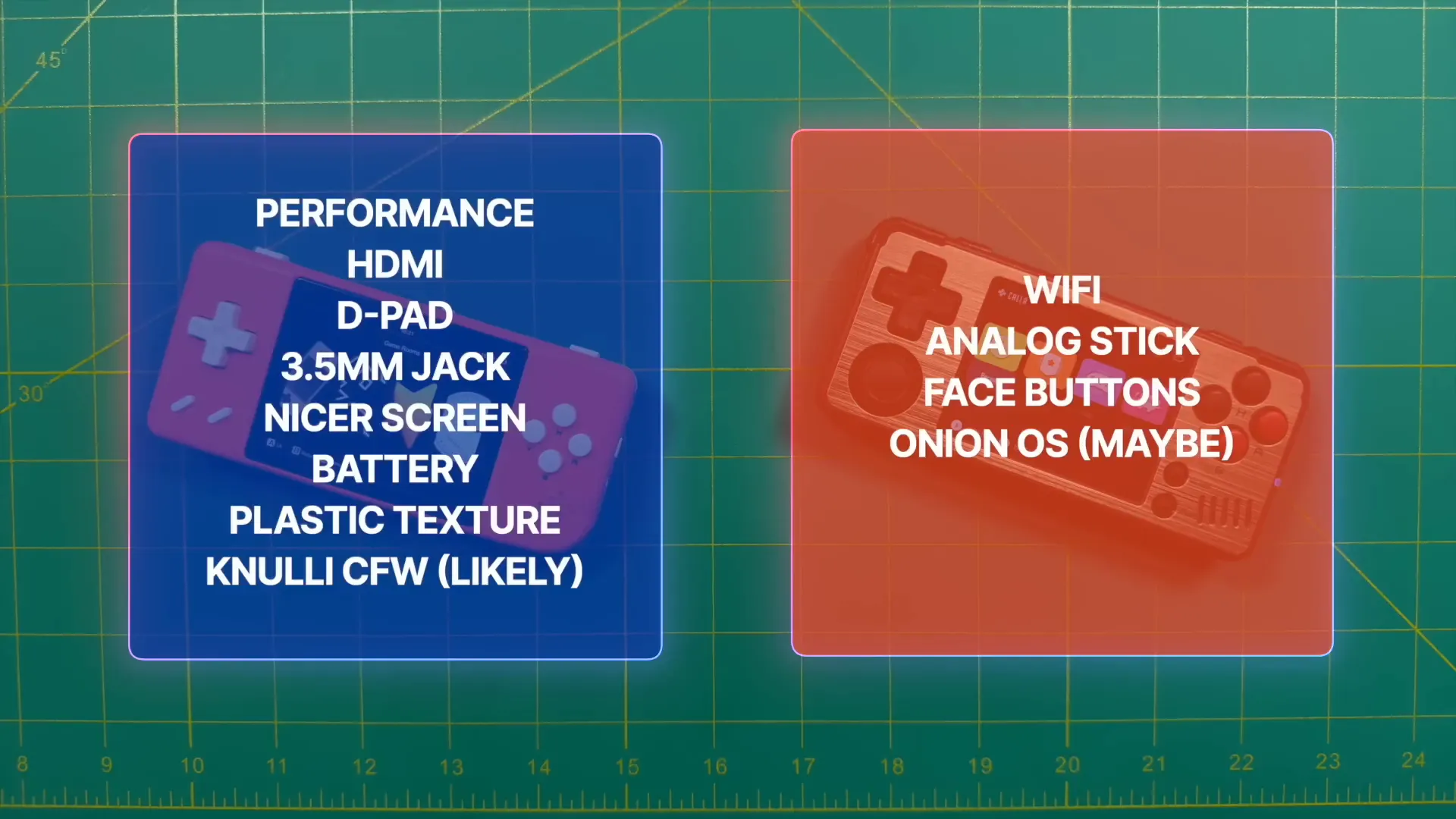
In terms of battery life, the RG28XX also outperforms the A30, thanks to its efficient chipset. Users will appreciate the longevity of gameplay sessions without the need for frequent recharges. Additionally, the RG28XX's plastic texture feels more premium, offering a grip that is less prone to smudging compared to the A30.
On the flip side, the Miyoo A30 does boast features that may appeal to specific users, such as built-in Wi-Fi and an analog stick. These elements make it a versatile option for those who enjoy online gaming or prefer the feel of an analog control. The larger face buttons on the A30 also enhance gameplay, making it easier to execute commands quickly.
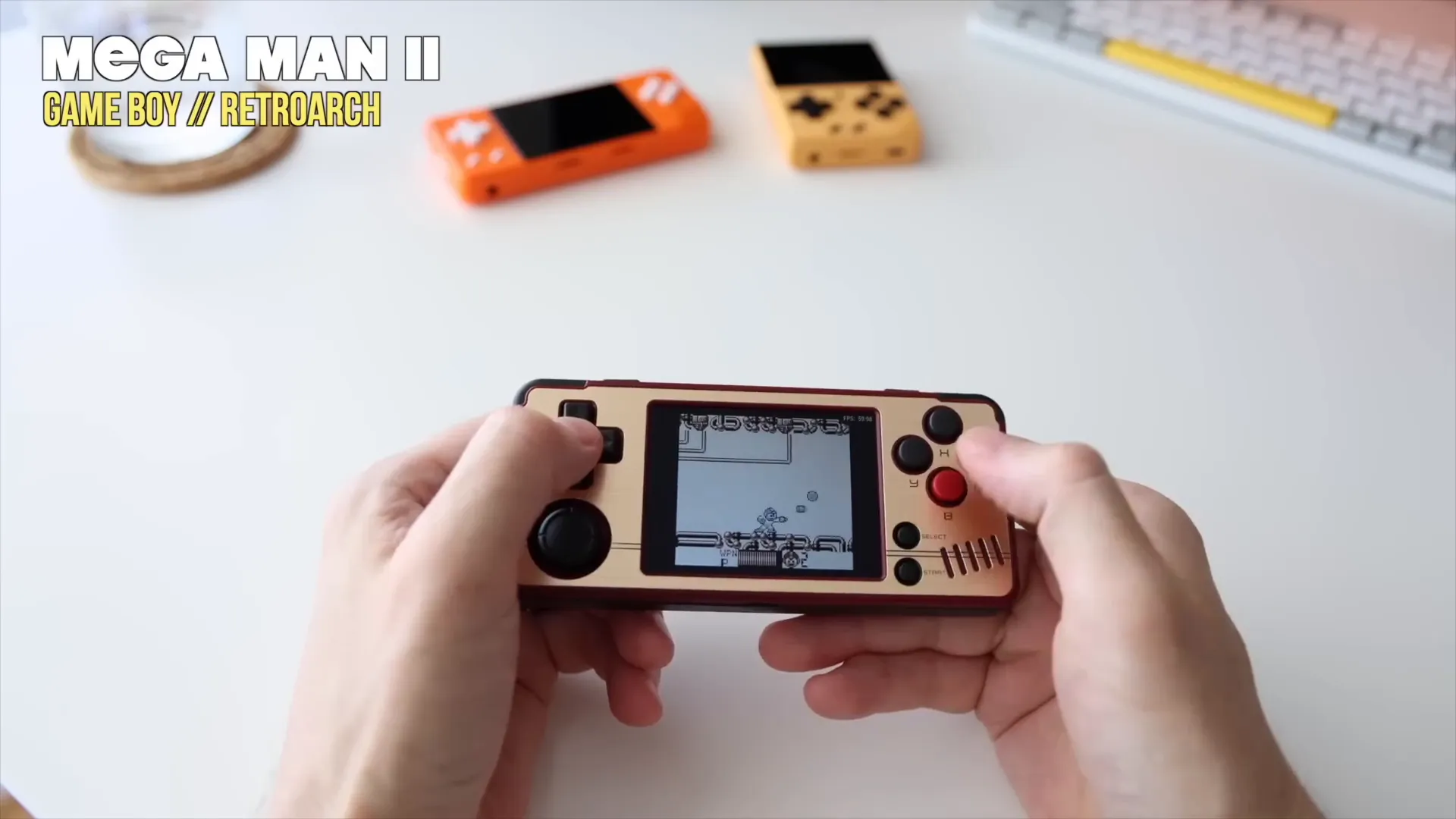
Ultimately, the choice between the A30 and the RG28XX comes down to personal preference. While the A30 has some unique features, the RG28XX's performance and build quality may resonate more with dedicated gamers. As software updates and custom firmware become available for the A30, it may close the gap in certain areas, but for now, the RG28XX holds a slight edge.
🏁 Conclusion
In summary, the Miyoo A30 presents an intriguing option in the handheld gaming market, but it faces tough competition from both the Bittboy series and the Anbernic RG28XX. While it showcases significant improvements over earlier models, particularly in portability and control options, it falls short of the refinement seen in the Miyoo Mini and Mini Plus.
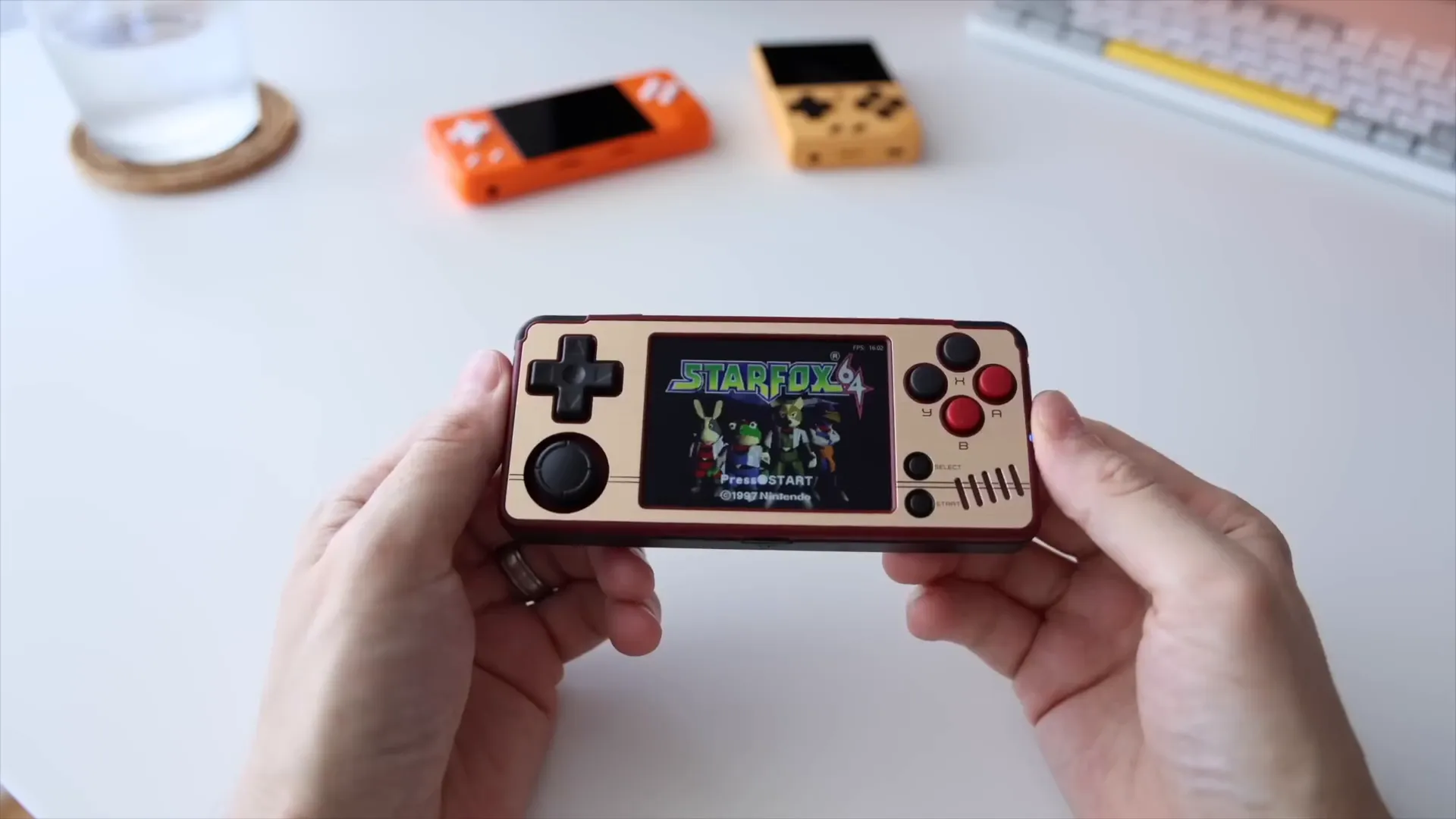
For gamers considering the A30, it's essential to weigh its strengths against its shortcomings. Features like built-in Wi-Fi and an analog stick are appealing, but the d-pad sensitivity and screen quality may deter some users. Additionally, the RG28XX remains a strong contender, providing better performance and a more satisfying overall experience.
Ultimately, the decision will depend on individual gaming preferences and priorities. As the handheld gaming landscape continues to evolve, the A30 may find its place among enthusiasts, especially if future updates enhance its capabilities. For now, it's a solid choice, but not without its flaws.




Leave a comment
This site is protected by hCaptcha and the hCaptcha Privacy Policy and Terms of Service apply.